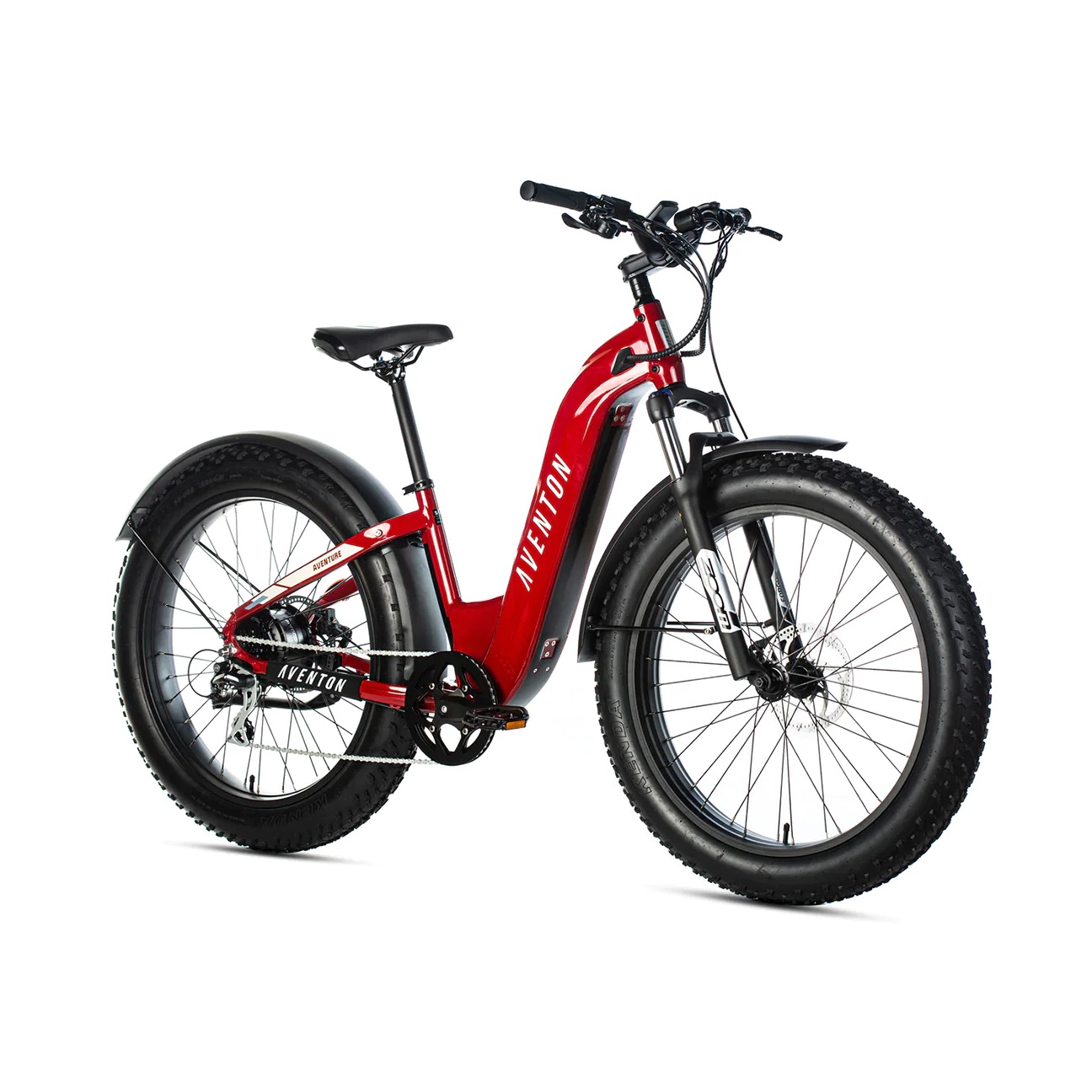EVERYTHING EBIKES

Enter the Ebike World Here: Click Here Now
Electric Bikes
Also known as e-bikes, are bicycles that use an electric motor to assist the rider’s pedaling. These bikes have gained popularity in recent years due to their ability to provide a fun and eco-friendly way to commute, exercise, or explore the outdoors. The e-bike industry has been growing rapidly in response to the demand for alternative transportation options that are more sustainable than traditional cars and motorcycles.
The Beginning of the E-bike Industry
The e-bike industry started in the late 1990s when companies began developing pedal-assist bikes in Europe and Asia. These early e-bikes were relatively heavy and had limited range, but they provided a boost to the rider’s pedaling efforts, making cycling more accessible to people who otherwise might not be able to ride a traditional bike due to physical limitations or challenging terrain.
In the early 2000s, the e-bike industry began to take off as battery and motor technology improved, making e-bikes lighter, more powerful, and able to travel longer distances on a single charge. By 2010, e-bikes were gaining popularity in the United States, and the industry began to expand rapidly as more manufacturers entered the market.
The Current State of the E-bike Industry
Today, the e-bike industry is thriving, with sales of e-bikes increasing every year. In 2020, e-bike sales in the United States increased by 145% compared to the previous year, with many consumers turning to e-bikes as a safe and sustainable transportation option during the COVID-19 pandemic.
The e-bike market is expected to continue to grow in the coming years, with some estimates suggesting that global e-bike sales will exceed $40 billion by 2025. This growth is being driven by several factors, including increasing concerns about climate change, the desire for more sustainable transportation options, and the popularity of e-bikes as a fun and practical way to get around.
Future Trends in the E-bike Industry
Looking ahead, there are several trends that are likely to shape the future of the e-bike industry. One of the most significant trends is the move towards more powerful and versatile e-bikes that can handle a wide range of terrain and riding styles. This trend is being driven by advances in battery and motor technology, which are making it possible to create e-bikes that can travel further and faster on a single charge.
Another trend in the e-bike industry is the growing popularity of cargo e-bikes, which are designed to carry heavy loads and replace cars or trucks for local deliveries or errands. Cargo e-bikes are becoming increasingly popular in urban areas where traffic congestion and parking limitations make traditional delivery vehicles impractical.
Finally, the e-bike industry is likely to continue to evolve in response to changing consumer preferences and regulatory requirements. As more cities and countries adopt policies to promote sustainable transportation options, e-bikes are likely to become even more popular as a convenient, low-cost, and eco-friendly way to get around.
In conclusion, the e-bike industry has come a long way since its inception in the late 1990s, and it is showing no signs of slowing down. With advances in technology and increasing consumer demand for sustainable transportation options, the future of the e-bike industry looks bright, and we can expect to see continued innovation and growth in the years to come.

